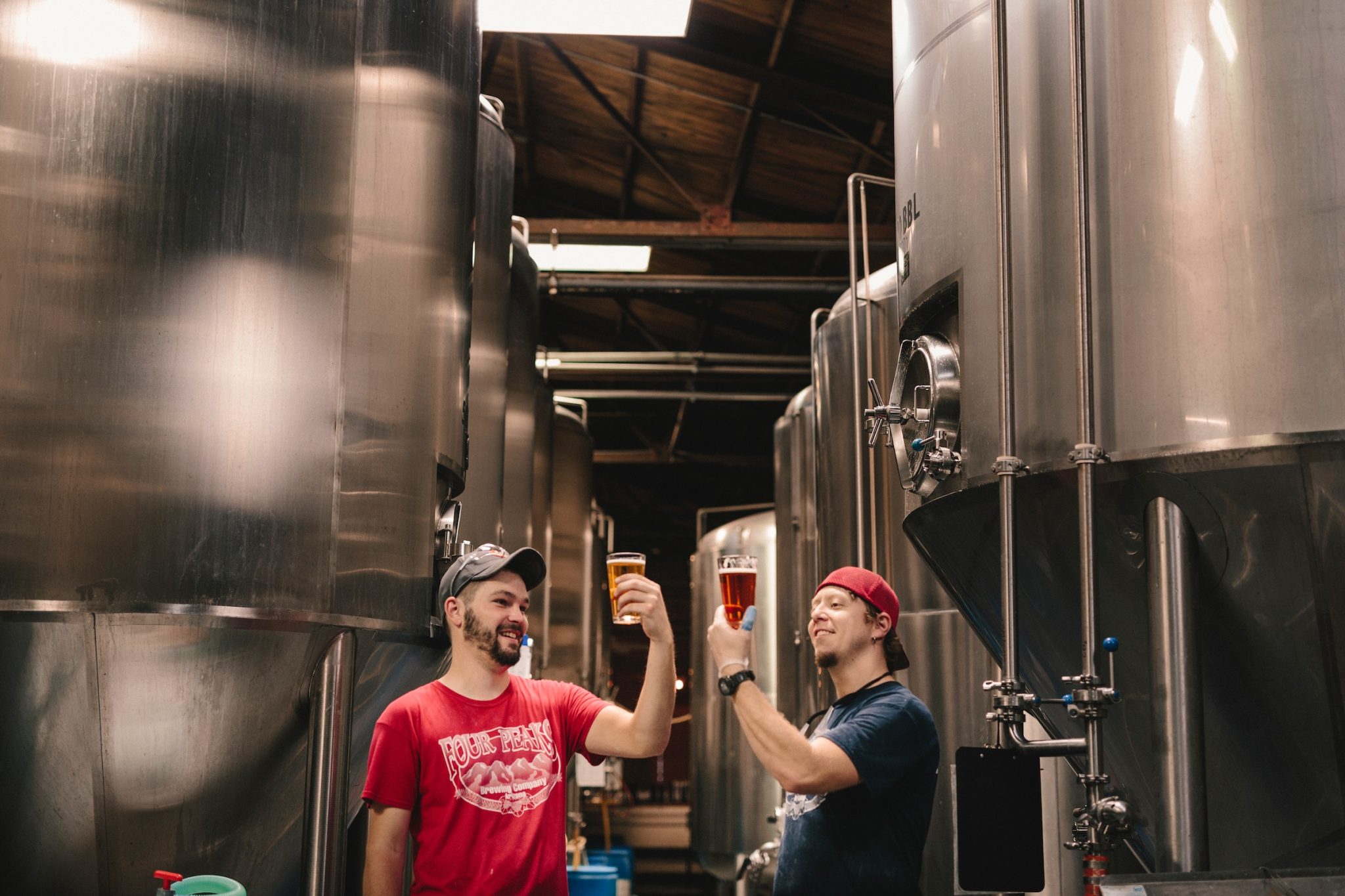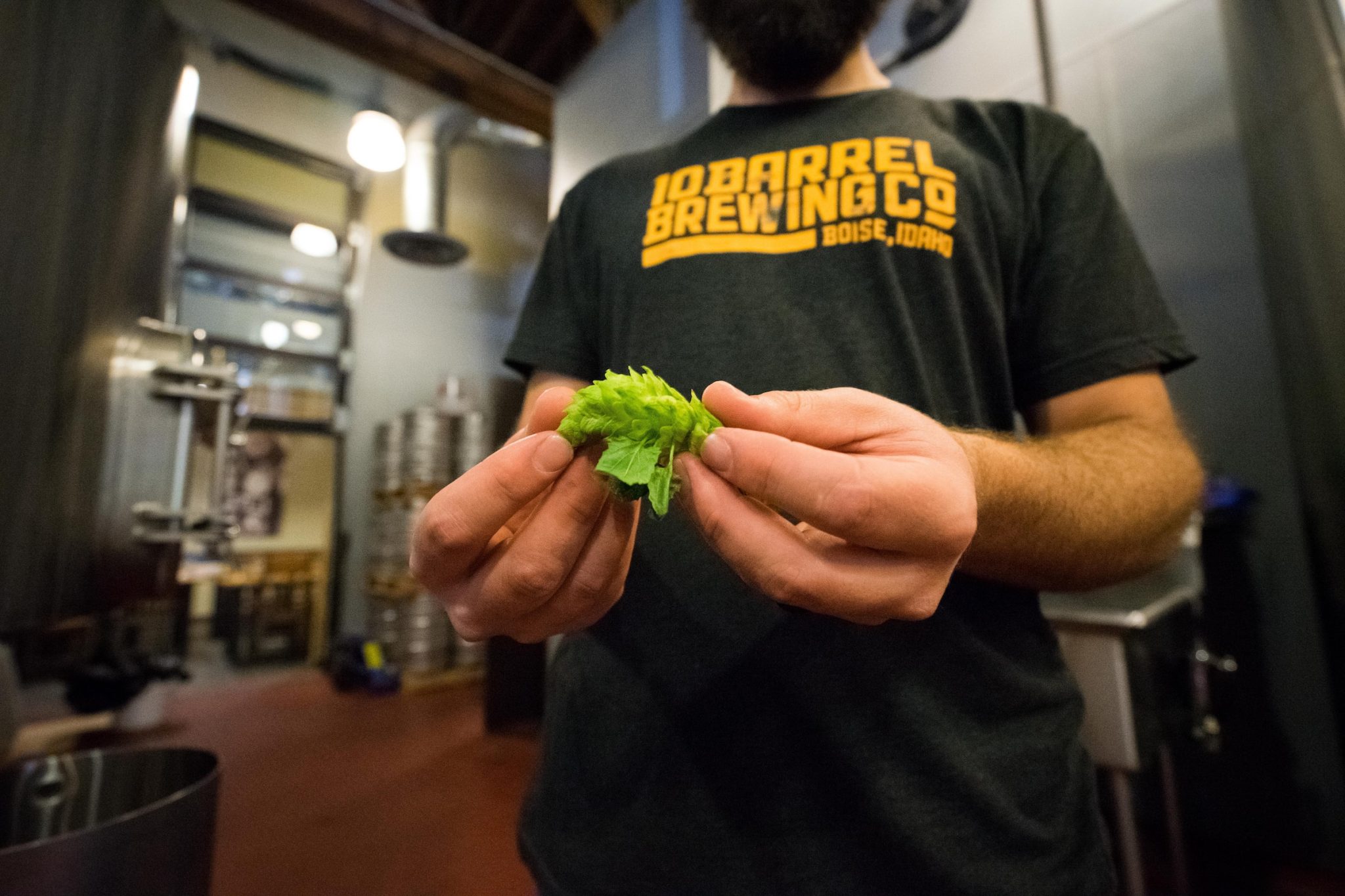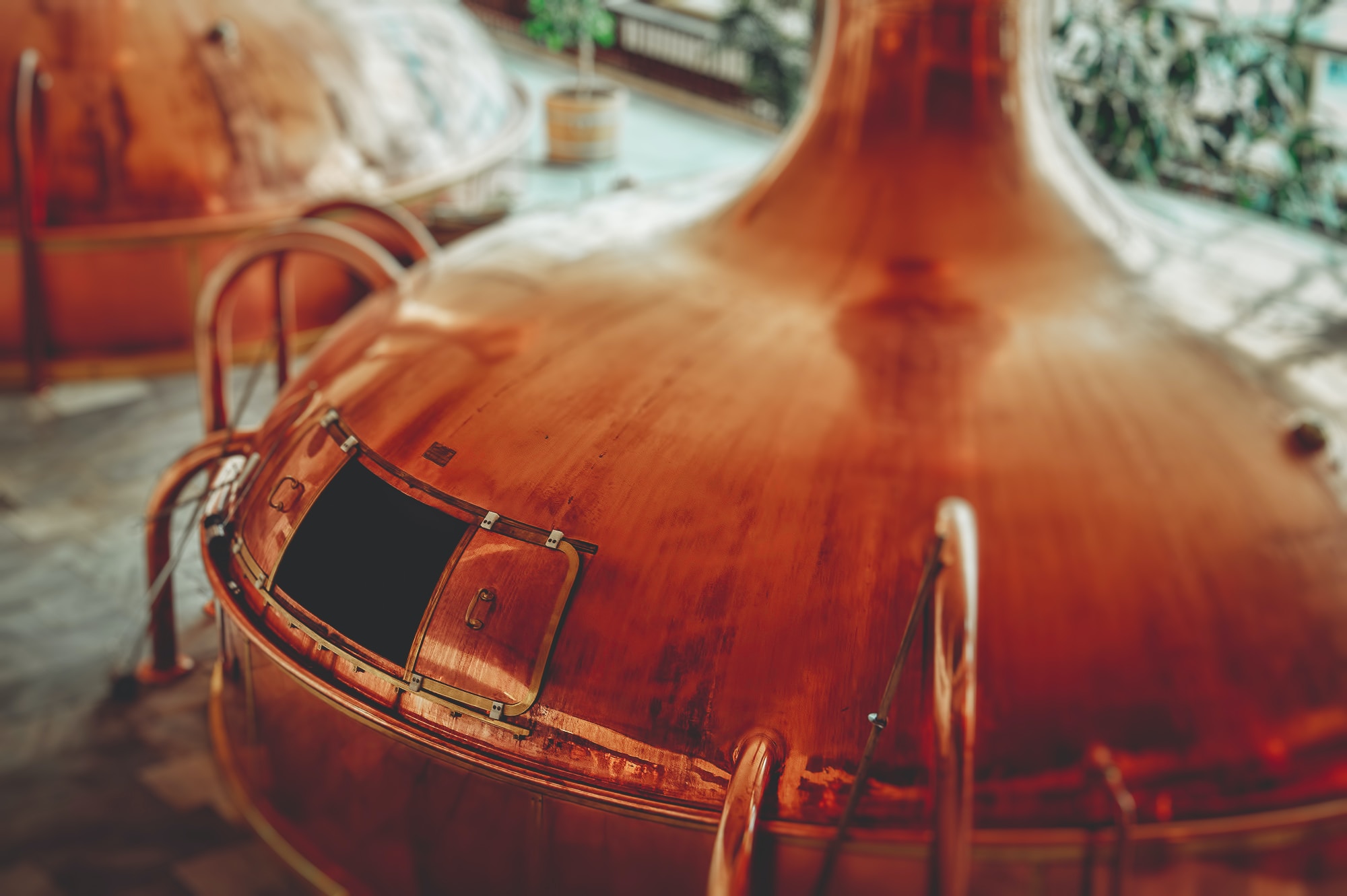Brewing beer is an ancient craft that continues to captivate beer enthusiasts worldwide. This blog post will delve into the six key steps involved in brewing beer and explore the concept of dry hopping, along with some of its alternative methods. So, grab a cold one and let’s dive into the fascinating world of beer brewing!

Table of Contents
The Brewing Process
1. Malting and Mashing
The brewing process begins with malting, where grains, typically barley, are soaked, germinated, and then kiln-dried – this process is done to activate enzymes within the grains and convert starches into fermentable sugars. Mashing involves steeping the malted grains in hot water to extract these sugars, creating a sweet liquid that is known as wort.
2. Boiling and Hopping
After mashing, the wort is transferred to a brew kettle and brought to a rolling boil. Hops, the flowers of the Humulus lupulus plant, are then added to the boiling wort. Hops are what give the beer its bitterness, flavor, and aroma while also acting as a natural preservative.
Also keep in mind that the timing and quantities of hops added during boiling determine the beer’s bitterness, hop flavor, and aroma – making this process extremely important when it comes to determining the taste of the beer.

3. Fermentation
Up next, the wort is rapidly cooled and transferred to a fermentation vessel once the boil is complete. Brewer’s yeast, most commonly Saccharomyces cerevisiae, is then added. Yeast ferments the sugars present in the wort, converting them into alcohol and carbon dioxide.
Fermentation can take anywhere from a few days to several weeks, depending on the beer style and desired characteristics.
4. Conditioning and Carbonation
Following primary fermentation, the beer is often conditioned to enhance flavor and clarity. This stage involves allowing the beer to mature at a specific temperature for a certain period. During conditioning, any remaining yeast and sediment settle to the bottom of the vessel.
5. Filtration and Packaging
Finally, to ensure a clear and visually appealing product, many brewers filter their beer after conditioning. Filtration removes any remaining sediment, resulting in a bright, crisp appearance. After filtration, the beer is ready for packaging. It can be packaged in bottles, cans, or kegs for distribution and consumption.
Once packaged, the beer is ready to be enjoyed! From ales to lagers, stouts to IPAs, the world of beer offers a vast array of flavors and styles. Whether at a brewery, pub, or in the comfort of your own home, savor the craftsmanship and complexity that goes into each glass.
What is Dry Hopping?
Dry hopping is a technique used to infuse beer with hop aroma and flavor without adding significant bitterness. Unlike traditional hopping during the boiling process, dry hopping occurs after primary fermentation.
Brewers add hops directly to the fermenter or conditioning vessel, allowing the hops to steep in the beer for a specific period, usually a few days to a week.
Dry hopping enhances the aromatic profile of beer, contributing fresh, vibrant hop aromas that can range from floral and citrusy to resinous and herbal. This technique is particularly popular in hop-forward beer styles like India Pale Ales (IPAs) and Pale Ales.

Alternatives to Dry Hopping
- Hop Tea: Brewers can create a hop-infused tea by steeping hops in hot water and adding it to the beer during conditioning.
- SPECTRUM: SPECTRUM acts as a liquid dry hop to replace traditional hopping pellets, especially in the dry hopping process in the cold side. The secret of SPECTRUM hops is that it’s a 100% natural 100% hop-derived product.
- Hop Extracts/Oils: Concentrated hop extracts or essential oils can be added to the beer, providing a controlled and consistent hop character.
- About the Author
- Latest Posts
Whether she is researching the latest trends in home decor, life-changing destination getaways, or the best way to maintain your finances, Dewey takes pride in leaving no stone unturned. She is passionate about distilling and delivering high-quality information that you can use to upgrade your life.

